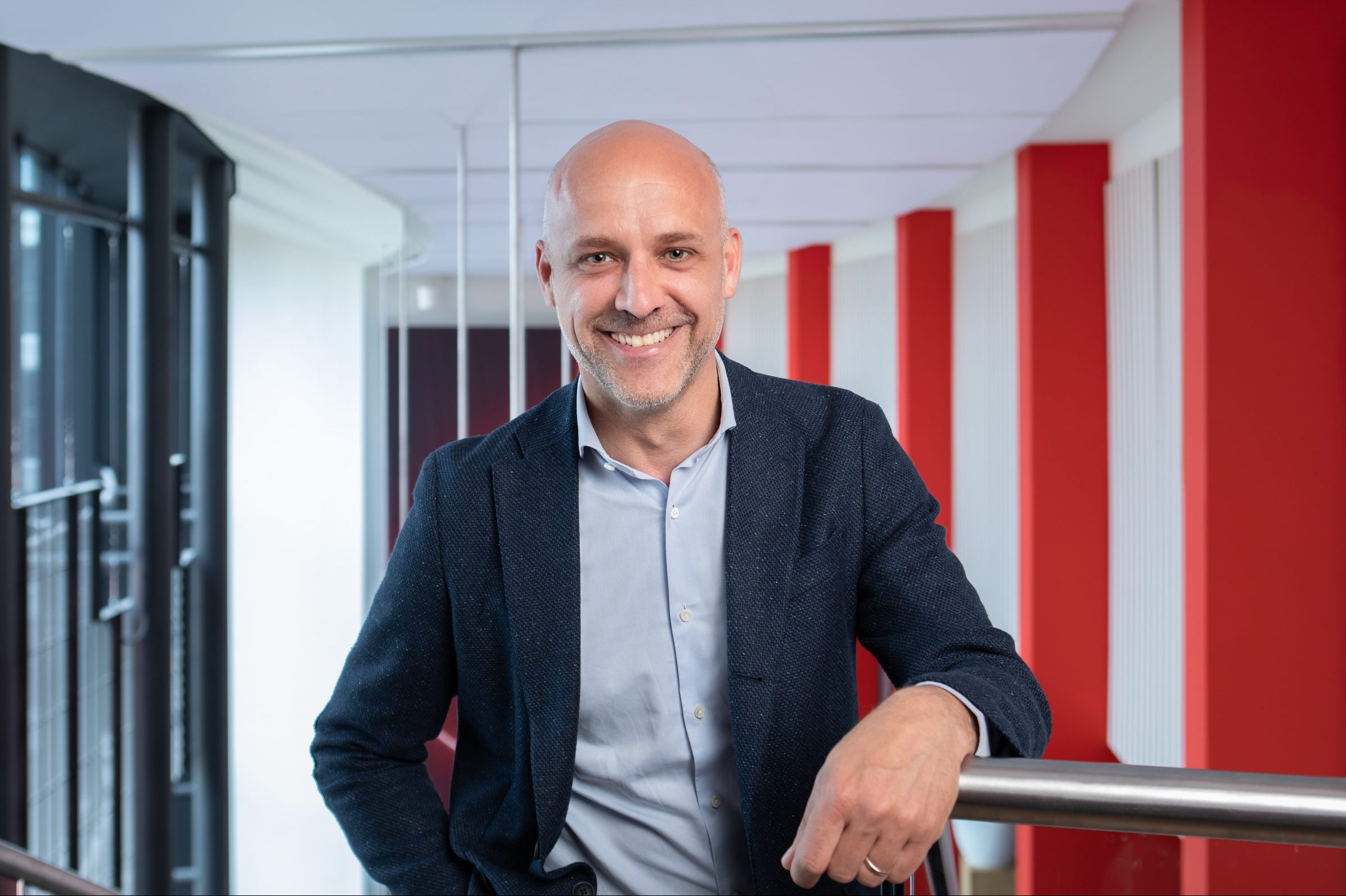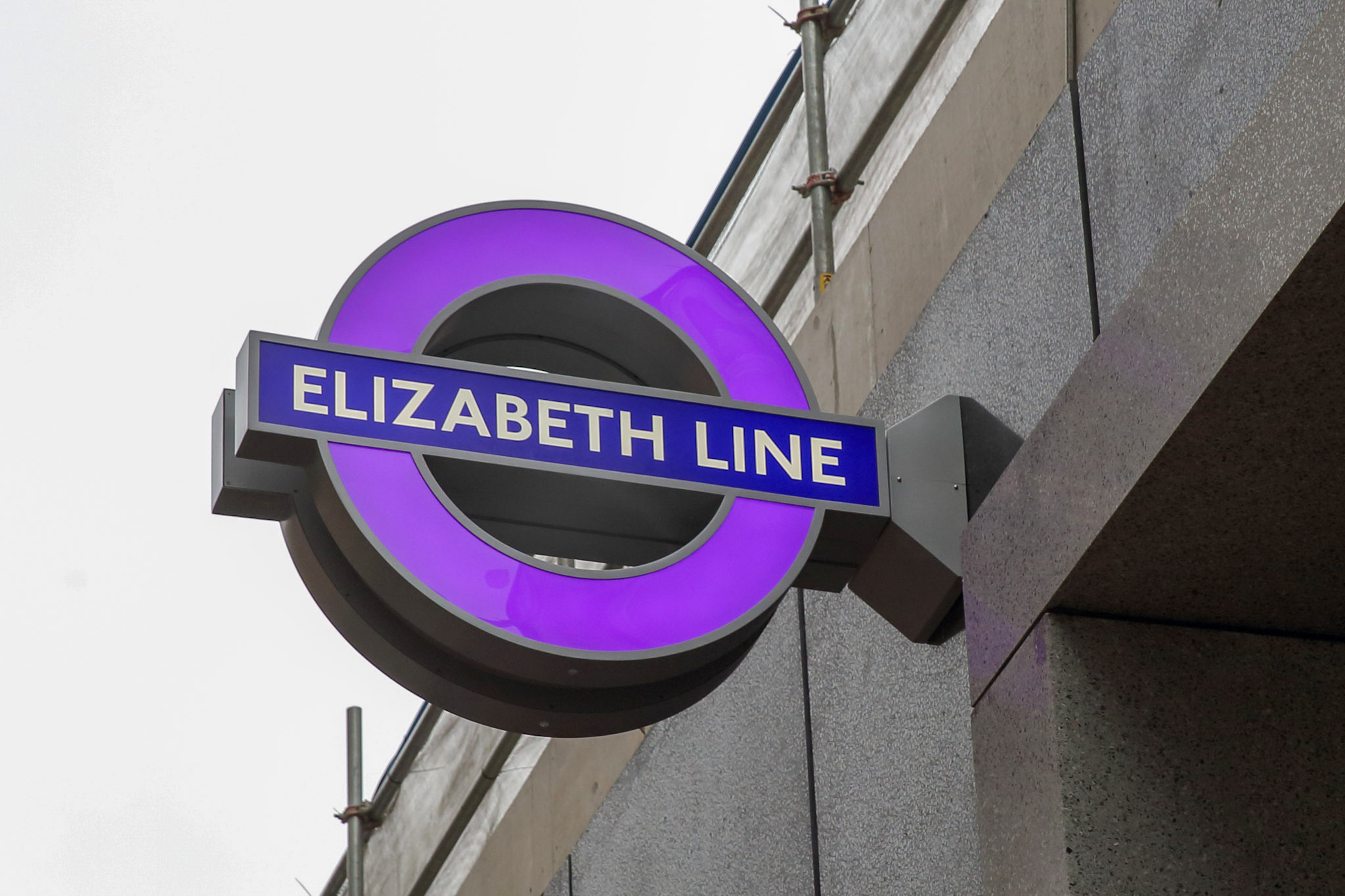In a version of an article that first appeared on Mobile UK's website, Vodafone Network Director Andrea Dona argues that 5G offers great potential in rural areas as well as in towns and cities, and calls for legislators and regulators to adopt a more investment-friendly approach.
As a technology, 5G is often touted as one that will particularly support innovation in busy, urban environments – and indeed it is a technology built to support massive volumes of connections.
In the future, 5G will come into its own, connecting factory machinery, smart city innovations, and digital healthcare services. It will transform the landscape for those working and living in urban locations.
But why should 5G be restricted to our cities and towns?
Creating a 5G-powered future for rural Dorset
5G isn’t just for cities: Vodafone UK is aiming to support countryside communities with access to the latest technologies.
Surely all that potential can become a force for good in rural environments, too? As a key infrastructure enabler, 5G could help create vibrant rural communities, supporting in areas as diverse as employment, agriculture, health, environment, education, and transport. It is vital that we ensure the benefits of digital are spread evenly throughout the UK, taking every person, every community, and every business into this new era together.
At Vodafone, we are already investigating those opportunities. In February 2020, we joined the Government-backed, £9m 5G RuralDorset initiative. Its aim is to understand how next-generation connectivity can help people live better, safer and more prosperous lives in rural communities.
We have recently switched on 5G in the beautiful village of Worth Matravers. Its population of around 600 has now joined its bigger neighbours of Bournemouth and Poole in enjoying some of the fastest wireless data speeds in the county, if not the country. It also gives the partnership the opportunity to explore IoT [internet of things] applications in areas such as remote support for healthcare and workable alternatives to fixed-line broadband, taking a technology-agnostic approach to digital inclusion.
Turning vision into reality
But delivering 5G – whether in inner-city London or rural Dorset – comes with many challenges. This is why the right regulatory and policy environment is extremely important. The reform of the Electronic Communications Code (ECC) is a crucial step with its potential to facilitate investment in rural digital infrastructure. The ECC needs to be adapted to facilitate the infrastructure roll-out we need, and we look forward to the Government’s response to its recent consultation.
Mobile phone masts: Everything you need to know
Finding suitable sites, securing planning permission, and building mobile phone masts is more of a tricky and time-consuming business than you may have realised. Our Q&A explains why.
In other areas, current limits on mast heights can also significantly constrain efficient network deployment. It can also be slightly counterintuitive when you are trying to reduce the number of sites in a rural setting. We don’t want to pepper the countryside with mobile sites, in fact, we want to make sure each of our sites offers the greatest coverage possible, so we do not have to. Mast height is a very important factor for this mission.
We also need to raise awareness and knowledge of 5G electromagnetic frequencies (EMF) in relation to health and safety. There are still a lot of misunderstandings around this subject which can then drag out lease discussions and therefore the time it takes for us to switch on essential connectivity. Mobile UK continues to be a valuable partner in this education challenge, particularly through their #5Gcheckthefacts campaign.
5G and health: Everything you need to know
There has been a lot of misinformation posted on social media about 5G in relation to human health. Watch the video above and read our Q&A guide to find out the facts.
So, I come back to Dorset with my final point.
To ensure the UK is not left behind Europe and the rest of the world when it comes to 5G – or 4G for that matter – we need to find opportunities where we can work together. Dorset is proof of that, as is the introduction of initiatives such as the 4G Shared Rural Network (SRN) initiative.
In the end, the keys to opening up the full potential for our countryside – its residents, businesses, and its contribution to the wider economy – are completely in our hands. We just need to ensure we have the right policy and investment environment, the right tools, and the right partnerships. This will enable a digital future that is truly for everyone and anyone. Where postcode doesn’t matter and where we can all enjoy a smart, healthier, and greener connected future.
- Mobile UK is the trade association for the UK’s mobile network operators. Check out their website here.
Stay up-to-date with the latest news from Vodafone by following us on Twitter and signing up for News Centre website notifications.

![stock image of a refuse collector and a wheelie bin in front of a bin lorry [Adobe Stock] stock image of a refuse collector and a wheelie bin in front of a bin lorry](https://www.vodafone.co.uk/newscentre/app/uploads/2024/07/Garbage-Removal-Man-Adobe-Stock.jpg)
![DJI_0058[OPTIMISED]](https://www.vodafone.co.uk/newscentre/app/uploads/2024/07/DJI_0058OPTIMISED.jpg)
![Front view woman and man wearing sunglasses [Adobe Stock] cropped edited stock image of a woman and man, both wearing sunglasses, taking a selfie using a smartphone while posing by the waterside](https://www.vodafone.co.uk/newscentre/app/uploads/2024/07/Front-view-woman-and-man-wearing-sunglasses-Adobe-Stock-cropped-edited.jpg)


